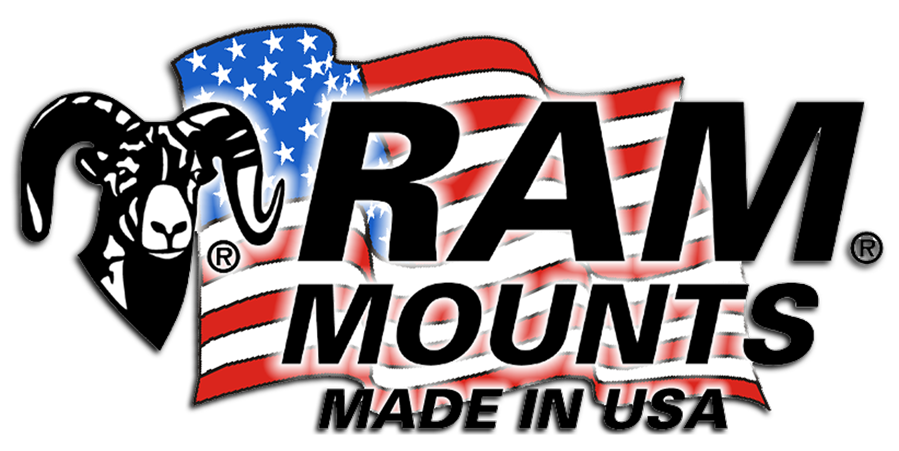In the span of less than two seasons, we've gone from having one Mini in the area to having five!
In 2012, the OpenSailing-built Pogo 2 USA 829 (Abilyn, ex-Flying Fox) journeyed over from Marina Del Rey, California via a very creative courier. Around the same time in mid-2013 that we acquired USA 829 from her former owner, a fellow sailor from the western Long Island Sound racing scene picked up USA 702 (Frogger), a Manuard-designed Tip Top that previously raced in the Bermuda 1-2.
Later in the year, it was announced that USA 415 (ex-Carbon Neutral), a proto that also raced in the Bermuda 1-2, would be joining the party from Newport, Rhode Island. Around the same time, we met up for drinks at Campbell Apartment with an out-of-state sailor who came into NYC just to talk with us about Mini sailing. We must have said the right things, because two months later, he picked up the Pogo 2 USA 806, previously owned by Jerome Sammarcelli, who sailed her from San Francisco to Hawaii in the 2012 Single-handed Transpac.
Most recently, we learned that the Lombard Zero USA 530--the only finisher in the 2013 Mini Pacific Challenge from Los Angeles to Hawaii--will soon be on its way from California to its new owner who intends to keep her within spitting distance of the lower Manhattan.
At least three of these five boats will be raced regularly on Long Island Sound during the 2014 season (which can't come soon enough!), and likely will be on the starting line of the 2015 Bermuda 1-2 Yacht Race, including our Abilyn. USA 702 has already qualified for the event by taking the long route from New York City to deliver Frogger to her winter home in Newport, Rhode Island.
Although there are other Minis scattered about, including one in Newport, RI (proto USA 754), one in Chicago, Illinois (Pogo 2 USA 812), one in Charleston, South Carolina (Pogo 2 USA 831), one in Annapolis, Maryland (RG650 USA 837), New York City by far has the most concentrated grouping of Minis in the United States right now, which means that the 2014 will be an exciting one to say the least. The IRC-optimized race boats that dominate these waters have never seen so many fathead mains, runners, fat asses, and dual rudders.
But what is more exciting than having heads turn is being able to race with a great group of sailors (which hopefully will include former world #1 ranked Mini sailor Jeff MacFarlane) who we know will push each other to take their racing and seamanship to the next level, and support each other as we continue to take our Minis farther and farther offshore. This camaraderie and support is a critical component to what we at Abilyn Racing are trying to achieve because, at the end of day, we'd rather not be alone when we're alone at sea.
Plus, it will also be nice to finally race with a group of sailors who share a common goal--to have the breeze always at about 20-25 knots and 140 degrees TWA.
See you out on the water.









